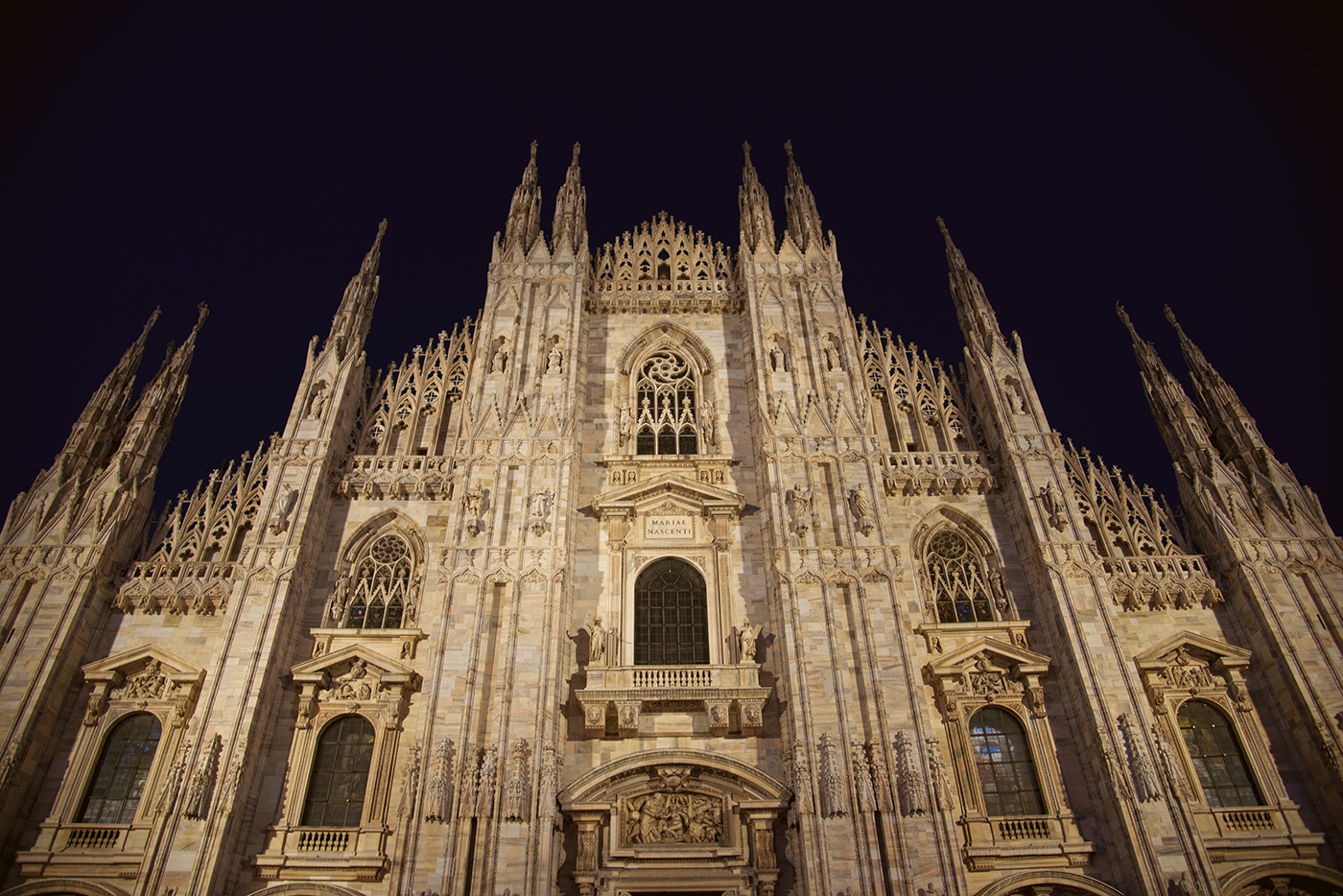Architecture of the Book
This is the book of the generations of Adam. On the day when God created man, He made him in the likeness of God. Genesis 5:1 NASB
Book – Hopefully you realize that a “book” in the Bible is not what we imagine as a book. The difference isn’t just between a scroll and bound pages (see Today’s Word, “Guttenberg Assumptions”, 12 October 2021). Differences in technology are only the tip of the iceberg when it comes to ancient literature. The ancient world did not think of “books” like novels or non-fiction explanations. Scrolls were collections, redacted collages usually from many sources. Authorship and date of composition wasn’t nearly as important as audience impact and political agenda. Robert Alter makes the point:
“One need not claim that Genesis is a unitary artwork, like, say, a novel by Henry James, in order to grant it integrity as a book. There are other instances of works of art that evolve over the centuries, like the cathedrals of medieval Europe, and are the product of many hands, involving an elaborate process of editing, like some of the greatest Hollywood films. . . It is quite apparent that a concept of composite artistry, of literary composition through a collage of textual materials, was generally assumed to be normal practice in ancient Israelite culture.”[1]
Think of Genesis like this:

Construction of the Duomo in Milan began in 1386 and was finally completed in 1805, a mere 419 years. Hundreds of craftsmen and designers over centuries of work made this incredible structure the icon it is today. But what impresses you when you stand in the Piazza Duomo is not how long it took or how many hands were involved. It is the enormity, the continuity, the grandeur of it as it is—complete. Like Genesis—magnificent, timeless, expansive, compelling, the voice of God written by the hands of men.
Topical Index: book, collage, novel, Genesis 5:1
[1] Robert Alter, The Hebrew Bible: Volume 1 The Five Books of Moses, “Introduction,” p. 5.




This is a graphically compelling allusion, Skip. And, like Scripture, it’s an amazing work of craftsmanship and design that maps the intricacies of the interrelational activity of the written work and (often) the subtle complexity of Scripture.
Glad you liked it. Have you been there?